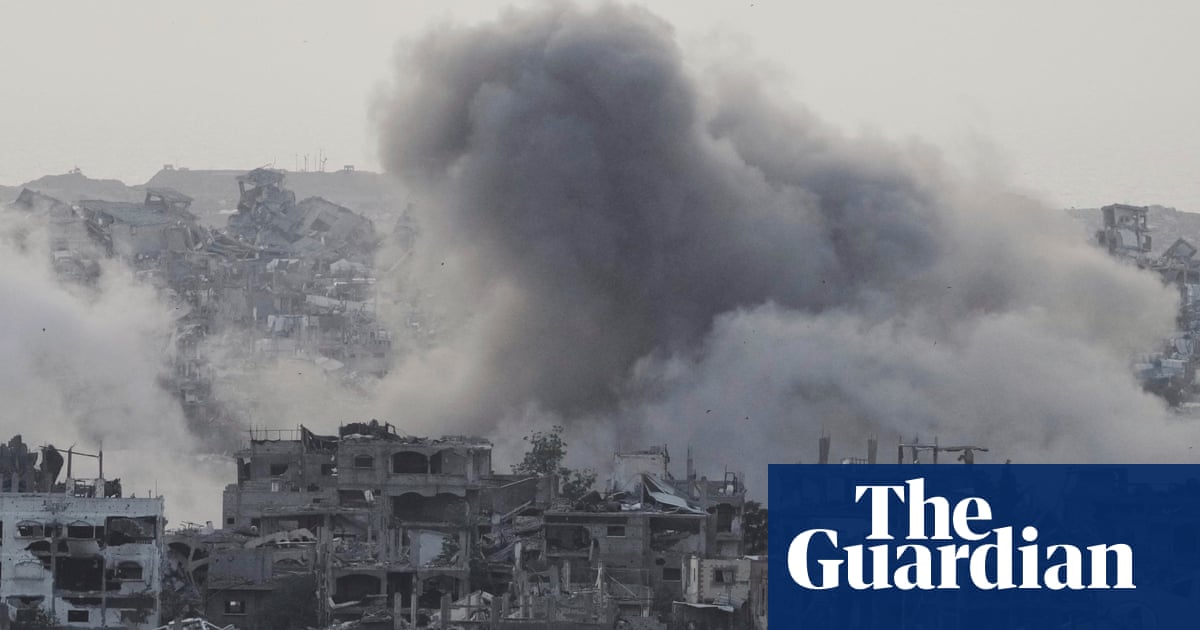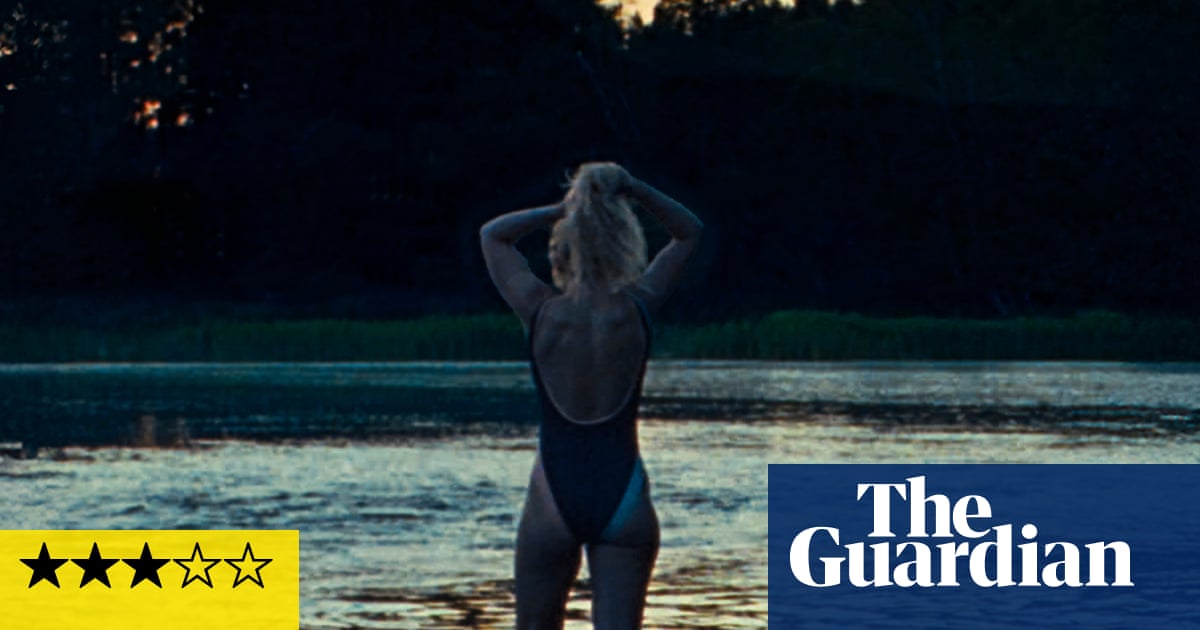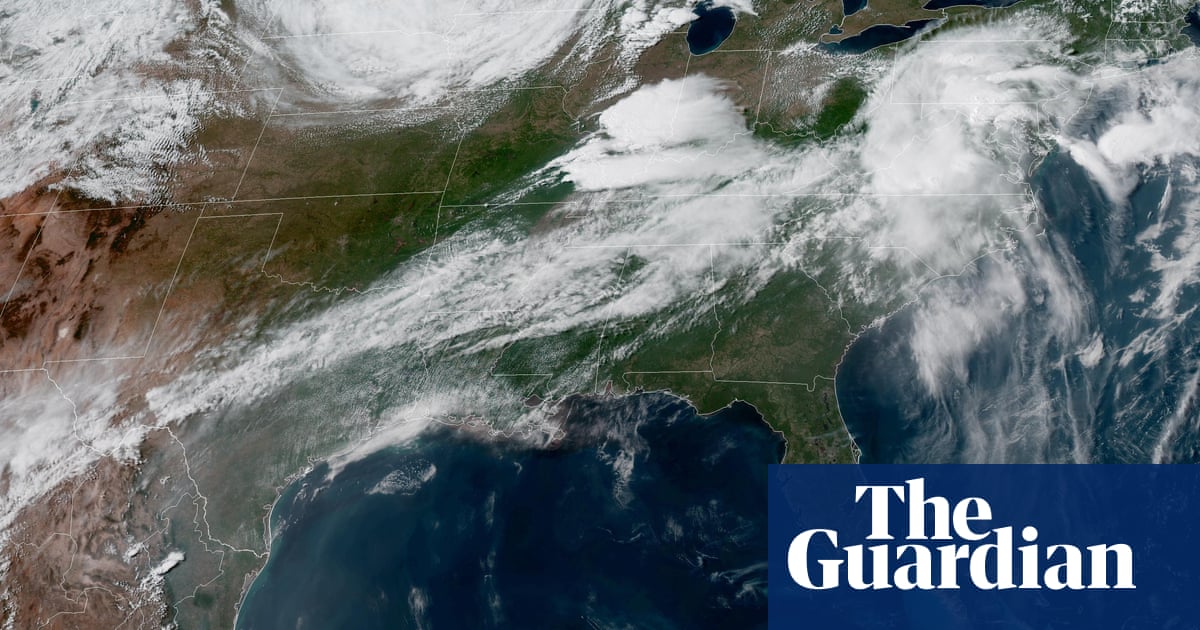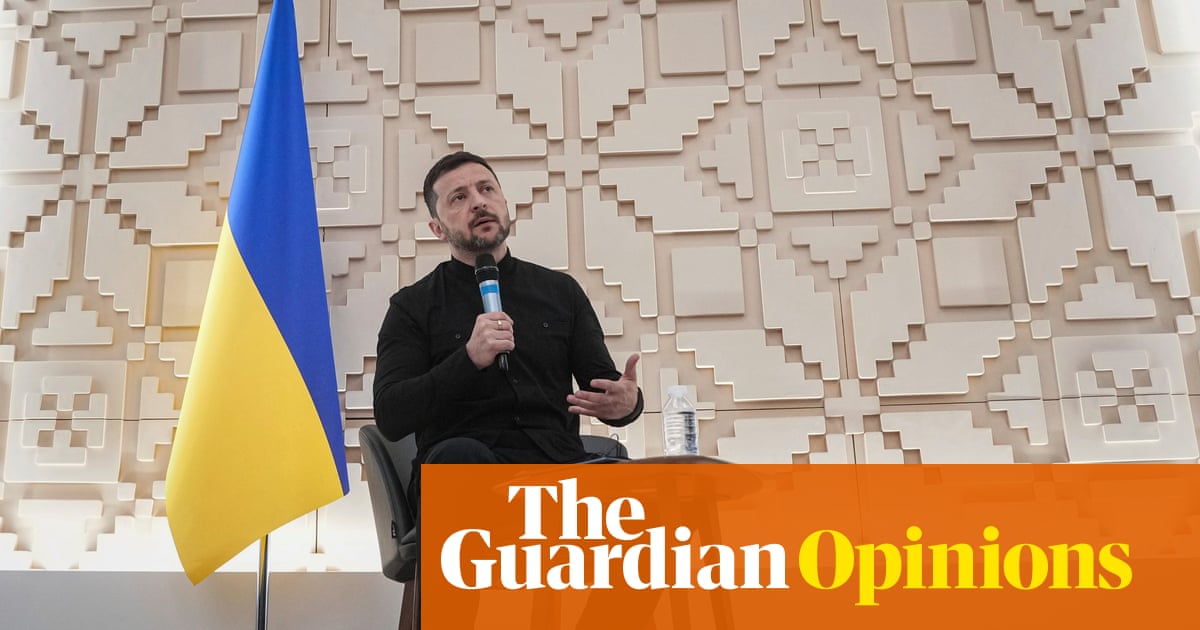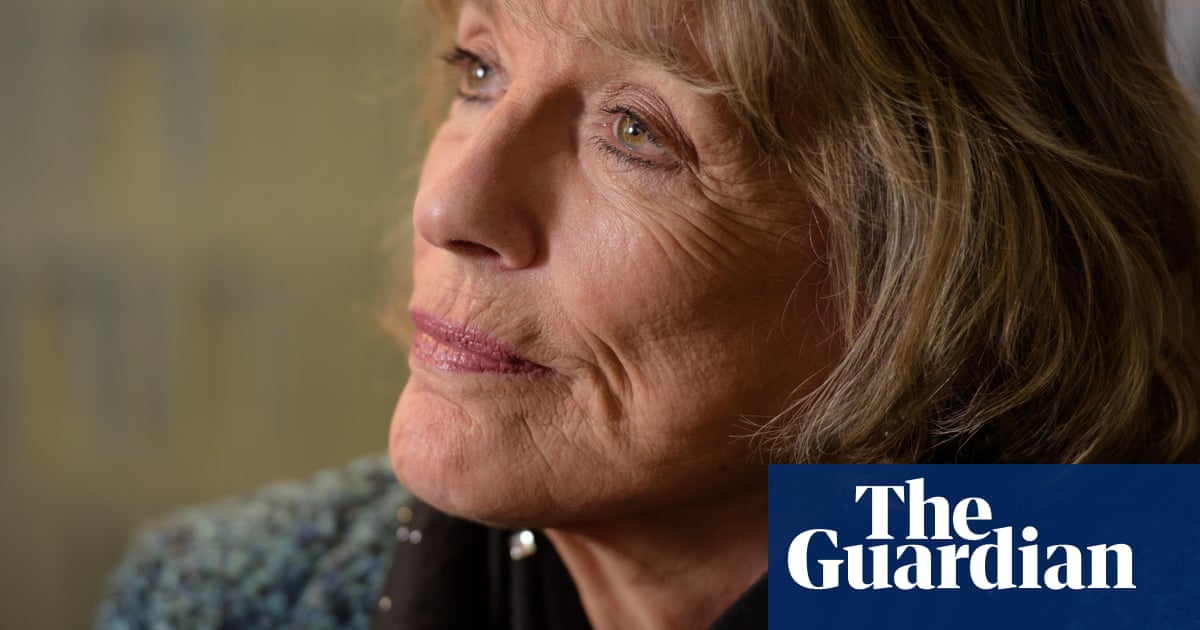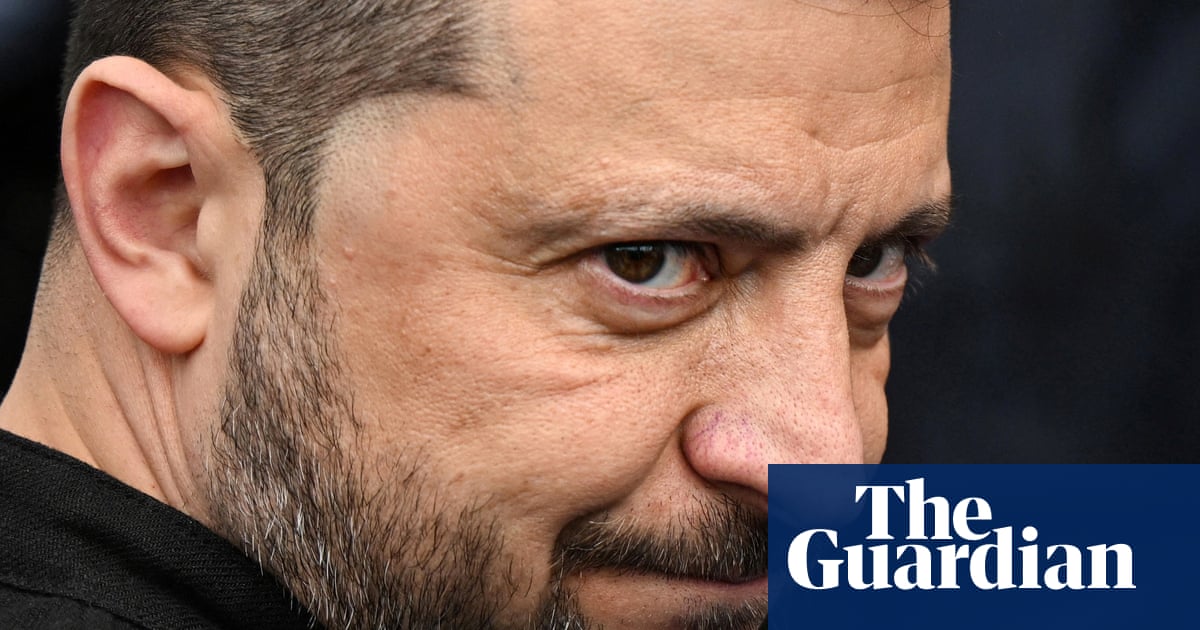All Moomin fans will recognise the turreted blue house that is home to the family of gentle, upright‑hippo‑like creatures. The stove-shaped tower is a symbol of comfort and welcome throughout the nine Moomin novels by the celebrated Nordic writer and artist Tove Jansson. Now the house is the inspiration for a series of art installations in UK cities, in collaboration with Refugee Week, to celebrate the 80th anniversary of the creation of the Moomins.
Taking the motto “The door is always open”, building will begin next week on a 12ft blue house outside London’s Southbank Centre, just a stone’s throw from Westminster. All of the installations, by artists from countries including Afghanistan, Syria and Romania, deal with displacement: in Bradford, the Palestinian artist Basel Zaraa has created a refugee tent in which to imagine life after occupation and war; in Gateshead, natural materials are being foraged to build To Own Both Nothing and the Whole World (a quote from Jansson’s philosophical character Snufkin); and a Moomin raft will launch from Gloucester Docks.
Begun in the winter of 1939 and published in 1945, the first book, The Moomins and the Great Flood, was a “fairytale”, as Jansson called it, born out of the darkness of war. A mother and her son set off across an unfamiliar land – overcoming dangers, natural disasters and hostile creatures – in search of their missing family and a place to build a new home. It was the story of millions of refugees after the second world war, and an all-too familiar one across the world today.
In their themes of loneliness, a search for identity and freedom, the Moomin books speak to anyone who feels that they don’t belong. In Finn Family Moomintroll, the inseparable Thingumy and Bob (reflecting the nicknames of Jansson and her lover, the theatre director Vivica Bandler) arrive in Moominland speaking a strange language and carrying a suitcase containing a ruby, a metaphor for their secret love – homosexuality was illegal in Finland until 1971. Growing up on a housing estate outside Liverpool, Frank Cottrell-Boyce, the children’s laureate, was astounded that “a book written by a bohemian Finnish lesbian” seemed to be speaking directly to him. According to Philip Pullman, Jansson should have won the Nobel prize in literature.
All the inhabitants of Moominvalley come in wildly different shapes and sizes. Tiny, furious Little My is adopted by the Moomin family because “no one else dared”. The Groke, a symbol of gloom who turns everything she touches into ice, is simply looking for warmth and is not to be feared. Unlike Paddington, that other postwar refugee, this is the newcomer narrative as acceptance rather than assimilation.
Today, the Moomins have become a brand, valued more for being cute than kind. Jansson would doubtless be thrilled that her legacy is being used as part of Refugee Week to foster understanding rather than to flog pencil cases and oven mitts.
Moominland is a fairytale, far from our 21st-century refugee crisis. But this magical world provides a quietly radical message of tolerance, inclusivity and hope. Moominvalley might be described as “an island of strangers”, to borrow the prime minister’s unfortunate phrase, and is all the better for it: it is a place where you don’t have to fit in to belong. As Jansson writes in the preface to The Moomins and the Great Flood: “Here was my very first happy ending!”

 9 hours ago
7
9 hours ago
7

